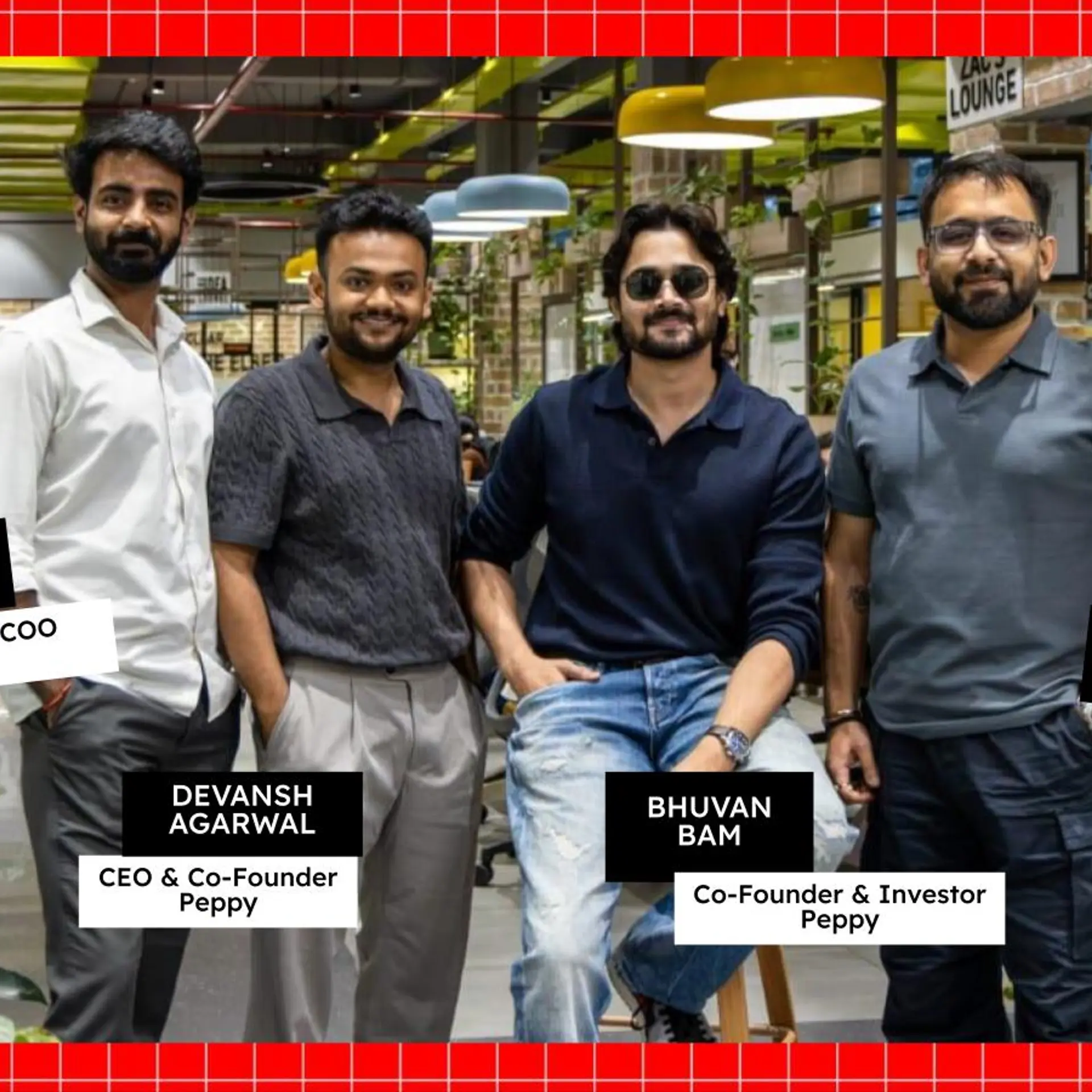Three CS grads hope to create a hub for everything you do on the Internet. They call it Binox.
What if you could read books, share articles, listen to music, read posts, upload photos, update your blog, work on files from the office, work on a project, build a page for your club, etc., all at once? What if you could combine everything you do on a social networking website, plus a web browser, plus offline on one platform?
That's what Binox.me aims to provide. Just like you multi-task in the real world, in the virtual world too users want to do several things at once – check messages, read stories, listen to music, watch videos, save pictures, access blogs, work on presentations and so on.
Binox was born out of this perceived need to organise the Internet for users. According to its creator, Anoop Santhanam, who has been walking, talking, breathing Binox since its inception in 2012, Binox will bring everything together, organise it, and make it a walk in the park for multi-taskers. “Binox is meant to be the one-stop for everything and anything on the internet,” Anoop says.
At the same time, to avoid overload and clutter, each user can customize his experience. If you don't like some part of Binox, you can disable it for your account.

The trigger moment
Organising the internet was far from Anoop's radar a few years ago. There were many who tagged him a failure when he scraped through pre-university exams with 53%. Those grades erased all hopes of joining an engineering college and he enrolled at the National Degree College in Bangalore for a B.Sc in Computer Science. He liked neither the faculty nor the syllabi, and itched for a chance to prove his mettle. He wrote a book, tried to get it published in vain, and eventually immersed himself in programming. Along the way, he began to scheme with his friend, Sankarshana S to build a game.
Anoop remembers a day when he was online on Facebook, talking games with Sankarshana, who had sent him a few screen-shots of a game. Anoop was simultaneously working on three other tabs: “One of Gmail where I was replying to a publisher, another of Google where I was running a background check on another publisher, and the third tab had a Wikipedia page on that game. Meanwhile, music was on, and I had a bunch of word files I was navigating through. Friends kept pinging me on chat, and I was shifting between tabs and windows too frequently. After a while, it got so annoying that I thought, "Why can't things be in one place?" And then I thought, "Why can't things be in one place and be in sync?"”
“Excitement gripped me, I minimized everything onscreen, opened notepad, typed in 30 lines of code and I was done. It wasn't much. In fact, in comparison, it was probably 0.001% of what Binox is today. But, I knew it at that moment. This was the idea. Webpages could be in sync. They could talk to each other. They could co-exist and multitasking was definitely possible.”
Anoop says that feeling is something he hasn't forgotten since then. “I had never accomplished anything my entire life. And here I was, probably at the birth of a great idea. Do I do it or not?” He chose to do it and Binox was born.
Binox's evolution
Binox shaped up in about six months. Anoop first roped in his friend Chandramouli V Jamadagni to help build a database, and he had the prototype ready in a week's time.
It was then up to Anoop and a bunch of friends to finish coding based on the database design. Soon, Anoop realised he had made his first mistake – of blindly asking friends to pitch in. “They were enthusiastic in the beginning, but a year later, it became obvious that their contribution to Binox would remain minimal,” Anoop says. “It was a difficult moment for Sankarshana, Chandramouli and me. It demotivated us when one by one the others left. They were our friends but business is business. We let them go and I think it's probably one of our best decisions.”
Now, almost two years since they began, the Binox team is back at the original three.
The size of such an idea was huge. “I wasn't just building a social network, a search engine, a news website, a blogging site, a media site, etc. I was building all of this at the same time. As of now, Binox has 150,000 lines of code approximately and we're still not close to what our goals are.”
By 15 January, 2012, Binox was online. It wasn't open to the public yet though. They worked on it fervently and a basic version called Binox v1 was ready by the last week of April. They released it to a few friends. Slowly more users trickled in, about three a day. “Most of them said that while the site did what it said it would do, it didn't look pretty.”
Team Binox spent the next few months improving the interface and performance. On 26 August 2012, they made a media appearance, and overnight had about 600 more users. “It was unexpected and we crashed, unable to take the load. It took a few days to come back online and by then the steam we'd built up had died down.”
Another big issue Anoop battled with was learning all what was required to build the website he had in mind. “I learnt everything from the internet, building the site from what I kept learning. This took time as I had to cope with exams and learning extra stuff. But, over time, I realized that this was helping me. What I was learning outside college was far more complex than what they taught in college. Automatically, my marks shot up.”
A lot has changed since then. Binox is on cloud at present. They have moved from Binox v1 to Binox v2, got new images, icons, layout and better performance. “We're focusing on developing mobile apps. We also filed a patent in India and the US earlier this year to protect us. The patent application was a reaffirmation to us, especially my parents, that what we were building was definitely something new.”
Future of the Internet
Anoop believes Binox anticipates the future of the internet. “The way we use the internet will change; we will no longer have to worry about data security and get irritated over not finding what we're looking for online. The internet will no longer be a place of plain text and images. Binox aims at reducing the differences between our virtual lives and our real lives,” he says.
The road ahead will definitely be rough. As Anoop puts it: “Our competition has resources worth 1000 times more than what we can do. They can add features and drop features that much faster to match what we do. Our challenge is to work at the efficiency of our competition and finish first. This is easier said than done. We're just a team of three.”
Team Binox has to juggle administrative and legal work, catch up on tech talks and upgrades to current web technology, and network to ensure they know what's trending in corporate circles. They have been saving their pocket money to foot cloud bills. They are barely making ends meet, but still dreaming big.







